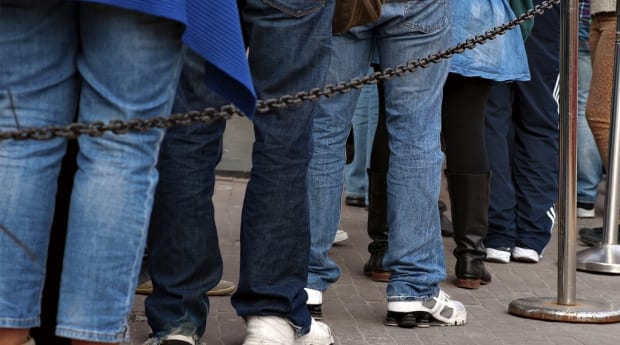For transgender Ontarians looking to physically transition, the wait keeps getting longer.
The wait-list for an initial assessment at the Centre for Addiction and Mental Health in Toronto has ballooned to 1,064 people, a more than 50 percent increase since April 2015.
And CAMH remains the only centre in the province that provides these assessments.
“Why is it that in a province as big as Ontario, with a problem that affects so many people, do we have this bottleneck of this single point of assessment to be able to tell you if you will qualify for surgery or not?” asks France Gélinas, MPP for the Northern Ontario riding of Nickel Belt and the NDP’s health care critic.
“And then once you do qualify for surgery, you are put on another wait list for years to finally get on with your life. This is not acceptable.”
Since the summer, the Ontario government has promised that a solution is in the works, but so far, the Ministry of Health has announced no changes to the current system.
According to Kate Richards, a spokesperson for CAMH, the workload is just too much for a single institution to handle.
“CAMH recognizes that it’s not working to have one clinic doing these assessments for sexual reassignment surgery, so we’ve been working and advocating for expanded services across the province,” she says.
And because CAMH is located only in Toronto, the current system is especially difficult to navigate for people living outside of the Greater Toronto Area.
Rita OLink, the community relations representative for TG Innerselves, a transgender support group in Sudbury, says she hears about the difficulties of the process several times a day.
“We have so many, especially younger ones, that are wanting to go through the surgery,” she says.
And even once someone has approval from CAMH, accessing services such as hormone therapy in Northern Ontario can be next-to-impossible.
“Down in Toronto, you can get an endocrinologist to assess you for the medical aspect of hormone replacement therapy,” OLink says. “Up in Sudbury, we have one endocrinologist and he is so swamped with diabetic care, he cannot even begin to take this on.”
Because of the cost of travel, and the fact that a large percentage of transgender people live below the poverty line, OLink believes that the wait-list of over 1,000 people represents only a fraction of people who require care.
“For every person that’s on that wait-list, I’m going to guarantee you that there’s at least another 20 to 30 that wish to god they could,” she says.
“I’m not on that list. And I wish to god I could be.”

 Why you can trust Xtra
Why you can trust Xtra


